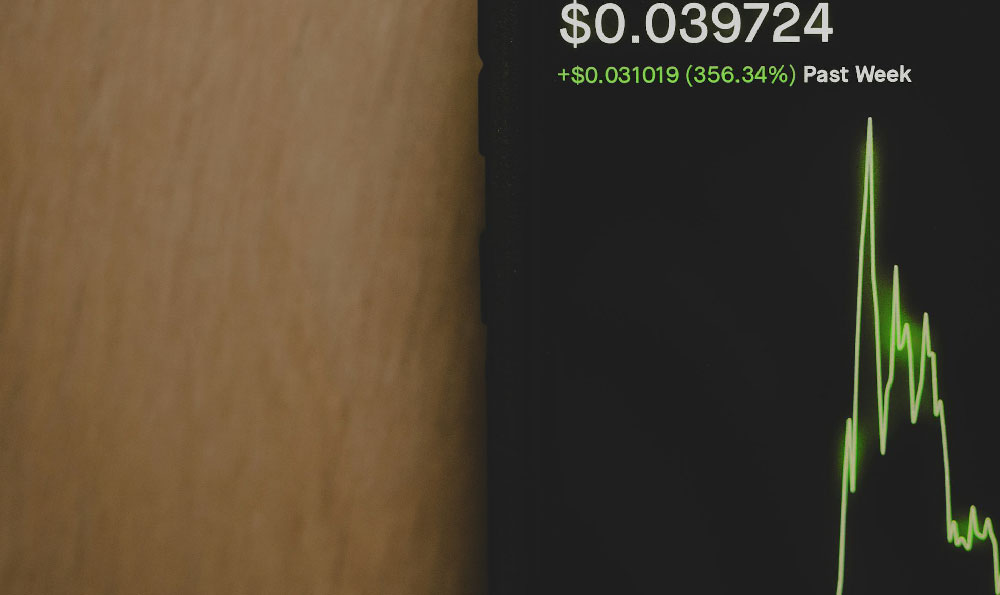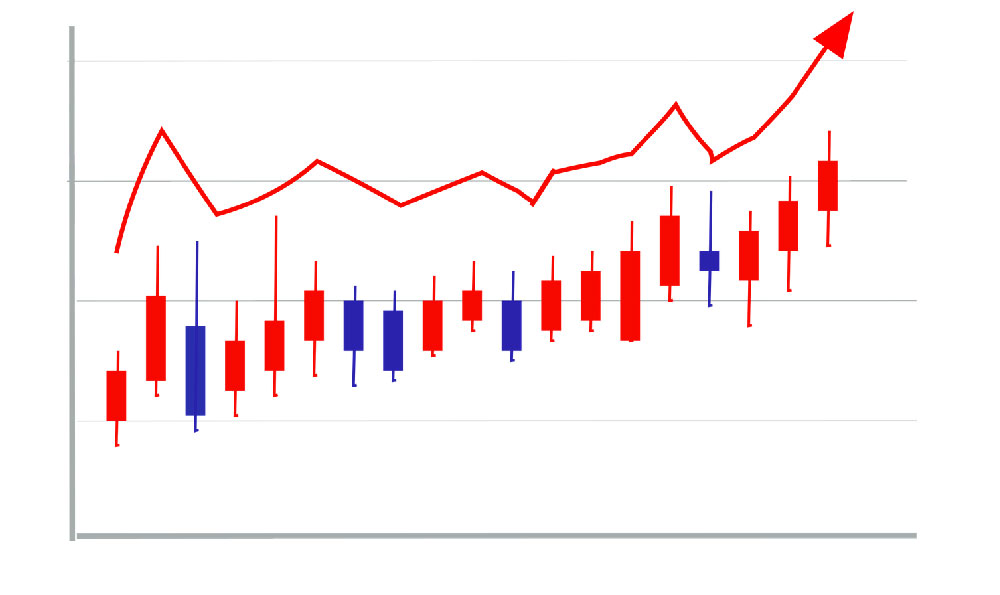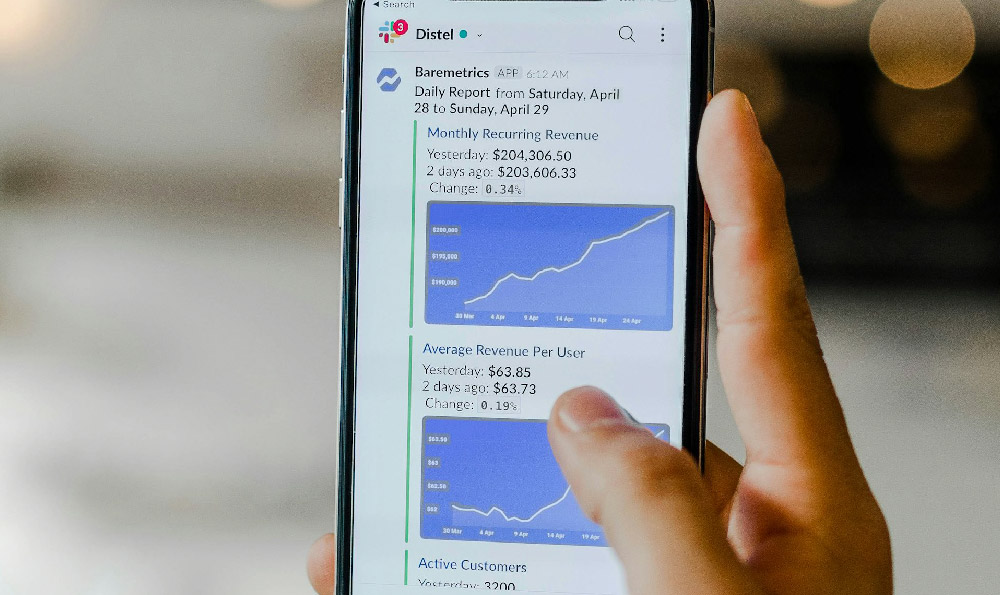George Soros's journey from a relatively unknown economist to one of the most influential investors in the world is a testament to his strategic acumen, financial foresight, and ability to capitalize on global market dynamics. While his name is most commonly associated with hedge funds and macroeconomic arbitrage, the principles he employed—channeled through a combination of meticulous research, opportunistic timing, and systemic understanding—offer valuable insights for modern investors, including those navigating the volatile landscape of cryptocurrency and digital assets. The story of how he built his empire is less about traditional stock picking and more about leveraging macroeconomic shifts, exploiting market inefficiencies, and mastering the art of capital preservation in an ever-changing financial ecosystem.
At the core of Soros's success was his ability to identify and profit from mispricings in global markets. His famed 1992 "Black Wednesday" attack on the British pound, which earned him an estimated $1 billion in profits, was not a one-off gamble but a calculated application of his theory of reflexivity. This concept, introduced in his seminal book The Alchemy of Finance, posits that market prices are shaped by human beliefs about the world, which in turn are influenced by the market's behavior. Soros did not merely predict economic outcomes; he actively participated in shaping them through his trades. For example, when he bet against the UK's fixed exchange rate, he anticipated that the government's inability to maintain the rate would feed into public and investor sentiment, creating a self-reinforcing cycle that he could exploit. This strategy aligns with the approach of many crypto investors who seek to identify bubbles, regulatory shifts, or technological breakthroughs that could precipitate market corrections or growth phases.
His empire-building process was also heavily dependent on leveraging and capital efficiency. Soros famously reconstructed his fortune after the 1992 collapse, emphasizing the importance of using borrowed capital to amplify returns. In the crypto space, where leverage is both accessible and perilous, this principle resonates. However, Soros's approach differed in that he maintained strict risk controls—never risking more than a small fraction of his capital on any single trade. Similarly, crypto investors can benefit from adopting a cautious use of leverage while ensuring they have robust stop-loss mechanisms and ample liquidity to weather market downturns. His philosophy underscores the idea that wealth is created not just by taking risks, but by managing them intelligently.

Moreover, Soros's success was rooted in his long-term vision and willingness to adapt. He operated under the belief that economic systems are inherently unstable and that opportunities arise from navigating these fluctuations. This mindset is critical for crypto investors, who must balance short-term volatility with long-term potential. For instance, early investors in Bitcoin recognized the emergence of a decentralized financial system, even as mainstream institutions dismissed it. Soros's ability to act on such macro-level insights, even when they were unconventional, highlights the importance of staying ahead of trends and not being swayed by immediate market noise. In crypto, this might manifest as investing in foundational projects or exploring emerging technologies like blockchain-based asset management platforms.
A key differentiator in Soros's approach was his focus on systemic risks rather than individual company failures. He understood that financial markets are interconnected, and a single event—such as a change in monetary policy or geopolitical tension—could ripple across global economies. This holistic view is particularly relevant in the crypto market, where regulatory decisions in one country can drastically affect the entire ecosystem. Investors who study Soros's methodology learn to assess not just the performance of a single asset, but the broader economic forces that influence its trajectory. For example, understanding the relationship between fiat currencies and digital alternatives can help identify arbitrage opportunities or predict market corrections.
Soros's career also illustrates the importance of diversification and innovation in wealth creation. While he gained fame for his hedge fund operations, he diversified across multiple sectors, including real estate, commodities, and political markets. This strategy minimized the risk of overexposure to any single industry. In the crypto market, diversification is equally vital, as no single cryptocurrency or project is guaranteed to outperform. Investors can mitigate risks by spreading their capital across different asset classes—such as stablecoins for liquidity, altcoins for growth, and blockchain infrastructures for long-term value—while continuously exploring new opportunities. Soros's ability to innovate and pivot his strategies when the market evolved serves as a reminder that adaptability is a cornerstone of sustained success.
His success, however, was not without controversy. Soros's interventions often sparked accusations of market manipulation, particularly during high-profile trades like the 1992 event. This highlights the importance of ethical considerations in investment practices. While crypto markets are less regulated, the potential for misuse of influence is still significant. Investors should prioritize transparency, avoid insider trading, and focus on creating value through legitimate market analysis rather than speculation or manipulation. Soros's critique of central banks and financial institutions also demonstrates the necessity for investors to question existing systems and identify flaws, whether in traditional markets or the rapidly evolving crypto industry.
Ultimately, the lessons from Soros's journey extend beyond wealth accumulation. His emphasis on understanding the interplay between markets and human behavior, coupled with disciplined risk management, offers a framework for success in both traditional and digital investments. For crypto investors, this means staying informed about macroeconomic trends, technological developments, and regulatory changes while adhering to principles of capital preservation and strategic diversification. The key is not to chase short-term gains but to build a resilient portfolio that can withstand market cycles and adapt to new realities. Soros's legacy is a reminder that the most enduring wealth is created by aligning with the forces of progress, even when the path is uncertain.












